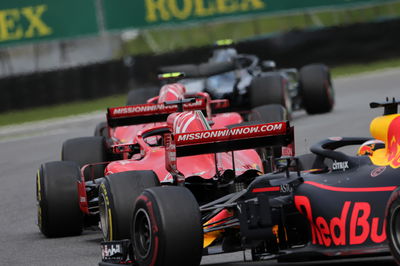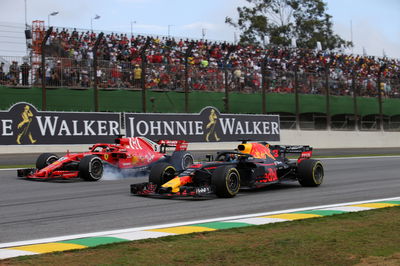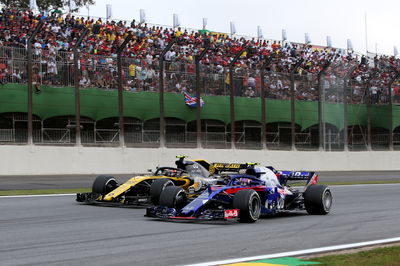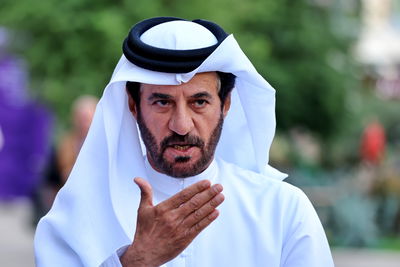F1 teams ‘tentative’ about impact of 2019 rule changes
Formula 1 teams are unsure whether the aerodynamic changes for the 2019 season will have the desired effect in improving the quality of racing.
Tweaked technical regulations - including simplified front and rear wings - will be introduced for 2019 in a bid to improve the on-track spectacle by enabling cars to follow each other more easily and help promote overtaking opportunities.
Despite the hope of achieving better racing, leading figures from F1 teams have expressed concerns over the impact the changes will have.

Formula 1 teams are unsure whether the aerodynamic changes for the 2019 season will have the desired effect in improving the quality of racing.
Tweaked technical regulations - including simplified front and rear wings - will be introduced for 2019 in a bid to improve the on-track spectacle by enabling cars to follow each other more easily and help promote overtaking opportunities.
Despite the hope of achieving better racing, leading figures from F1 teams have expressed concerns over the impact the changes will have.
“I think [FIA single-seater head] Nikolas Tombazis summed it up quite welI, I think he said you’ll never get a Formula 1 - which is essentially an aerodynamic formula - following like a touring car,” outgoing Williams performance chief Rob Smedley said.
“It just won’t happen, physics won’t allow that to happen. So you have to accept that cars are difficult to follow, especially with this generation of cars and the amount of downforce that they generate.
“It will be a little bit better, it will go in the right direction but we’ll all iterate to solutions to get us back to where we are in about six months.”
Senior Ferrari performance engineer Jock Clear believes the changes are “going in the right direction”
“I think we’re all a little bit tentative about exactly what it’s going to look like and that is the fact of the matter,” he said. “We’re going to have to wait until next year to actually see what the implications are.
“Of course, ten teams will come up with ten solutions, some of which we won’t even have thought about and then that may well move the goalposts slightly. I think we are attacking the right areas.
“We are looking at the fact that close racing doesn’t necessarily mean everybody can overtake easily - but it does mean that cars can follow each-other and they can pressure each other - and I think that’s the thing we’re targeting.”
Renault chassis chief Nick Chester added: “In one year you couldn’t do all of the changes that are planned eventually for 2021.
“From what we’ve seen so far I think it’ll make a small difference. It’ll go in the right direction, so the following will be a little bit improved but we’re probably going to have to wait until 2021 to see what the full package can deliver.”
Simulations show overtaking effects are ‘tangible’

Formula 1 sporting boss Ross Brawn said he has been encouraged by the simulation work carried out to assess what impacts the 2019 technical changes should have on racing.
“Once again we saw in Brazil that when the performance level of two cars are more or less the same, then overtaking is almost impossible," Brawn said.
“That raises the question as to how to make it easier to make a move on the car in front.
“During 2018, we have made significant progress in defining next year's technical regulations, especially regarding the key area that is the front wing and in the last few weeks, we have worked out the fine details,” he added.
“Our simulation work and from what the teams, with which we have worked closely on this, tell us [is that] the effects are tangible, even though we are well aware that the real proof will only come next March in the Australian Grand Prix.
“The changes introduced are a first important step, but not necessarily an exhaustive one, towards defining the new technical and sporting regulations that will shape the long-term future of Formula 1.”












